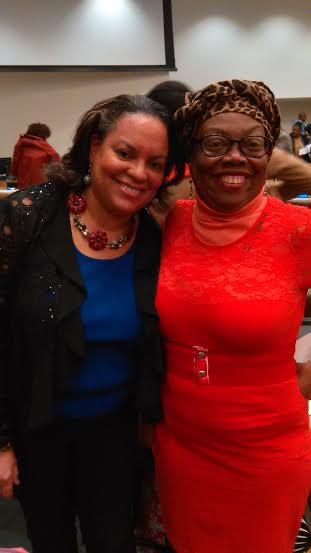Murphy Browne © August 6-2020
JAMAICA INDEPENDENCE DAY AUGUST 6-2020
Today the people of Jamaica are celebrating 58 years of Independence. The island was first seen by Europeans when Christopher Columbus with a crew of Spaniards made his second journey to what Europeans referred to as the New World. Columbus had been searching for a way East but lost his way and thought he had reached India so mistakenly referred to the indigenous people as Indians. Columbus’ arrival signaled the end of the indigenous population of the island. Foreign European diseases to which the Arawaks had no immunity and a combination of inhumane treatment by the Europeans who attempted to enslave the Arawaks along with the suicide of many, decimated the population of indigenous people. After losing their enslaved native labour force the Spaniards began importing enslaved Africans who were kidnapped and taken from the African continent. The tribal conflict in Europe spilled over to the New World where Europeans fought for domination of the lucrative slave trade and the new fertile lands. The Spanish in Jamaica were under constant attack by British pirates encouraged by the British government who coveted the rich land.
Jamaica was a British colony for 307 years from 1655 to 1962. On May 5, 1494, the Spanish invaded the island which was the home of the Arawaks also called Tainos. They are believed to have travelled from South America 2,500 years ago and named the island Xaymaca, which meant “land of wood and water.” The Spaniards, who invaded and occupied the island until May 10, 1655, tortured and killed the people they found there to get possession of the island. The Spaniards so overworked and brutalized the Arawaks/Tainos that eventually the entire population of Arawaks/Tainos had either fled the island or was dead. The process of genocide was aided by the introduction of European diseases to island, to which the Arawaks/Tainos had little or no resistance. On May 10, 1655, the British led by Admiral William Penn and General Robert Venables launched a successful attack on Jamaica. The Spaniards surrendered to the British, freed the Africans they had enslaved and then fled to Cuba. The enslaved Africans who were set free when the Spaniard enslavers fled to Cuba, in turn fled to freedom in the mountains of Jamaica, they and their descendants became known as the Maroons.
The British (English, Irish, Scottish, Welsh) in turn took Africans to the island after they occupied the island. The British did not want to share the island with a group of formerly enslaved Africans living in the hills of Jamaica and tried to re-enslave the Maroons. The British waged war against the Maroons in an effort to conquer and re-enslave them. Although the 10,990 square kilometres (4,240 square miles) Caribbean island is the 3rd largest island in the area and the British had enough land, they were determined to own the entire island and enslave every African, including the Maroons. This new community of freed Africans made life difficult for the British whose enslaved Africans would hear stories of the Maroon communities. The most famous of the Maroon leaders is Nanny (the sole female of Jamaica’s 7 National Heroes) whose exploits and fame are legendary. The fighting spirit of enslaved Africans and Maroons in Jamaica is legendary even contributing to the start of the Haitian Revolution. The complete emancipation of Africans by the British government on August 1, 1838 owes much to that fighting spirit which continued until Jamaica was granted independence from British colonial rule 124 years later, on August 6, 1962.
Murphy Browne © August 6-2020







No comments:
Post a Comment